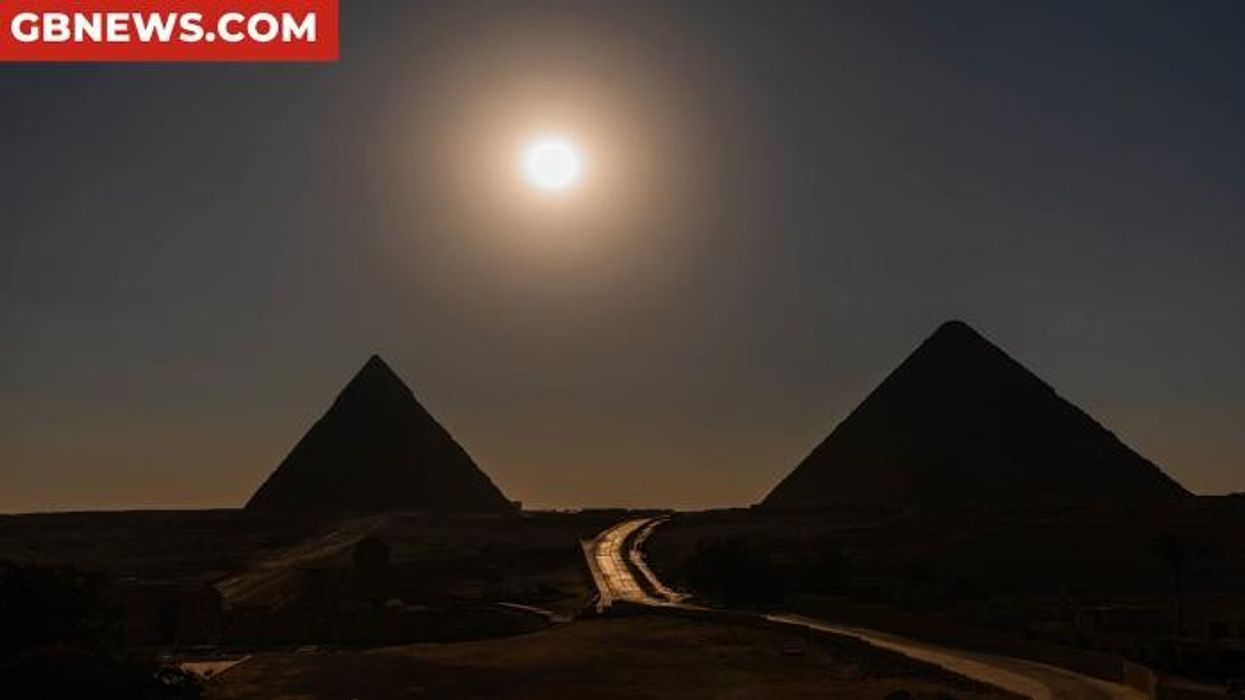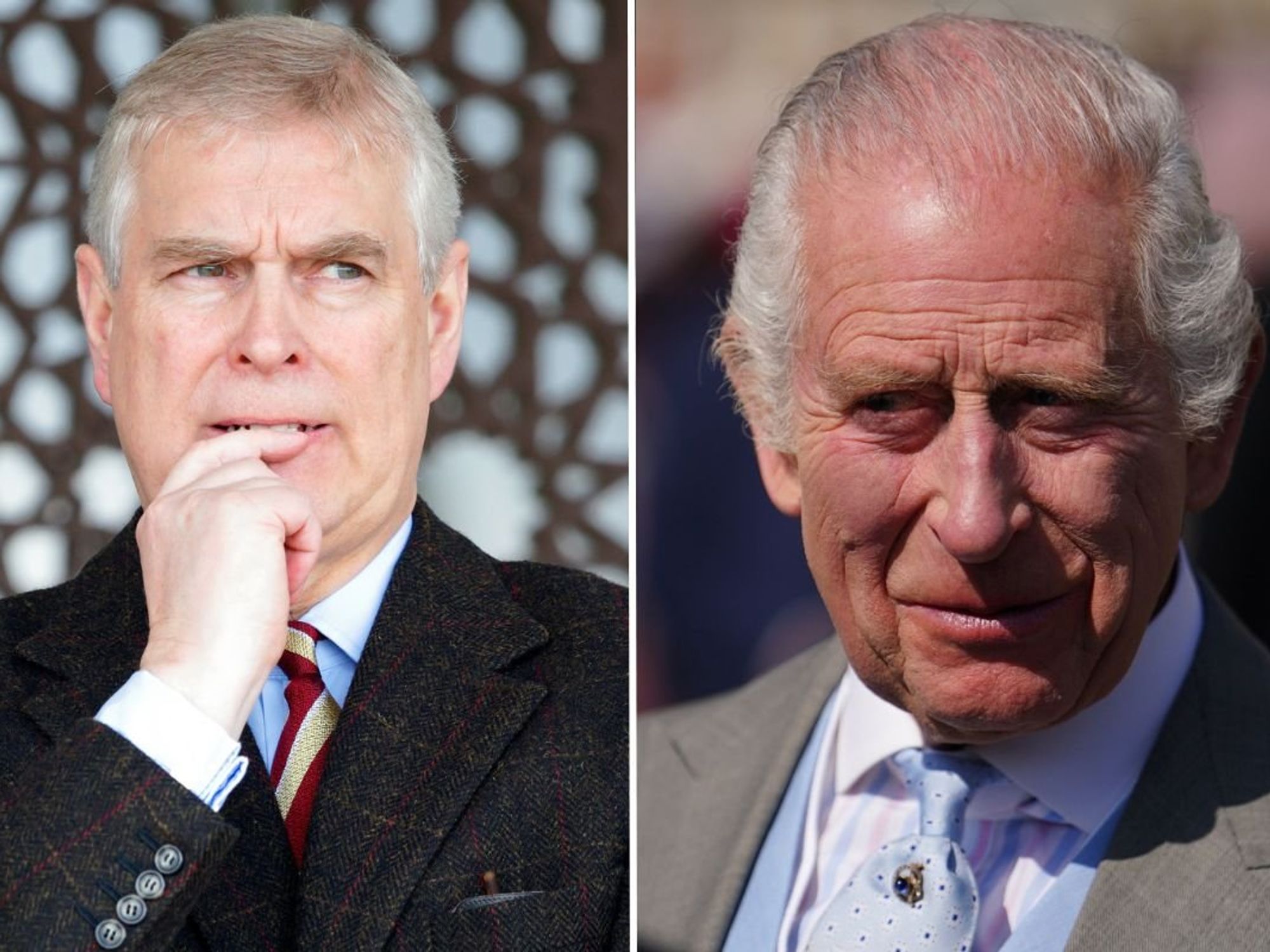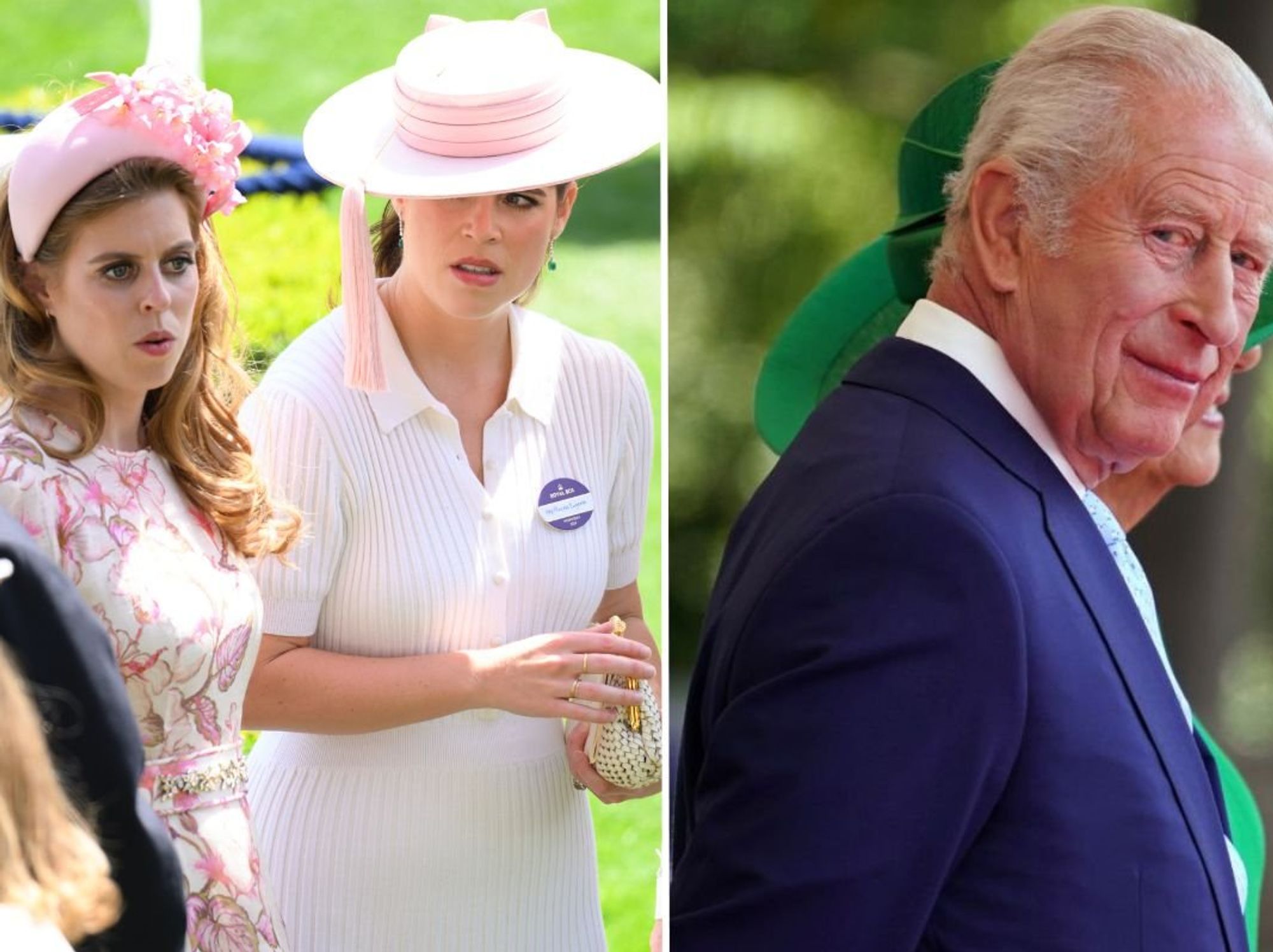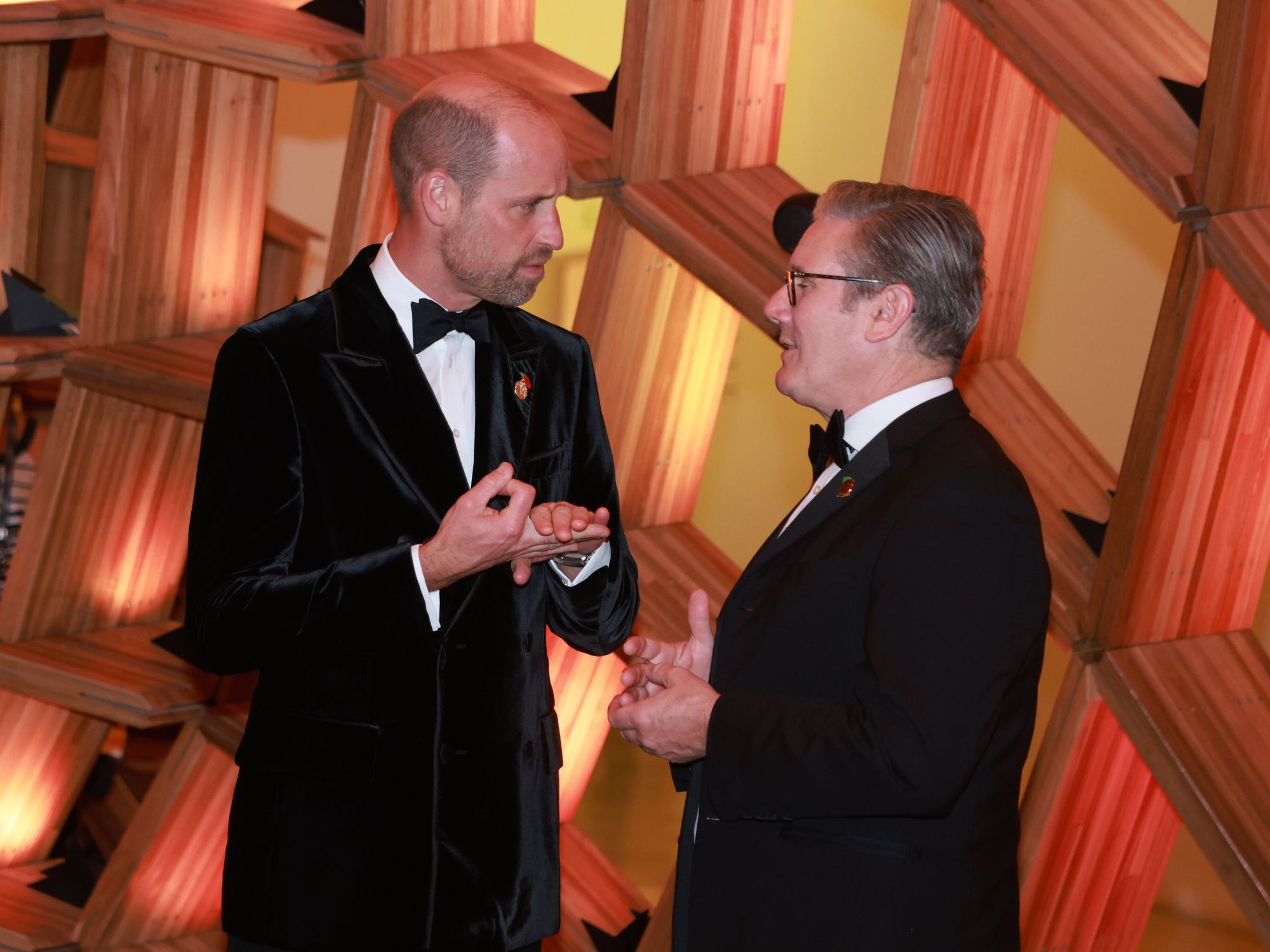Archaeology breakthrough as Anglo-Saxon gold coin unearthed in field - and it could be earliest of its kind ever discovered
Norwich Castle Museum is hoping to acquire the coin
Don't Miss
Most Read
A metal detectorist has unearthed what experts believe to be the oldest Anglo-Saxon coin from East Anglia in a field near Norwich.
The tiny gold coin dates from AD640 to 660.
Coin specialist Dr Adrian Marsden from the Norfolk Historic Environment Service called it a "massively significant" find.
"It's the first one of this type of coin that we've seen, and new types of shillings just don't turn up," Dr Marsden said.
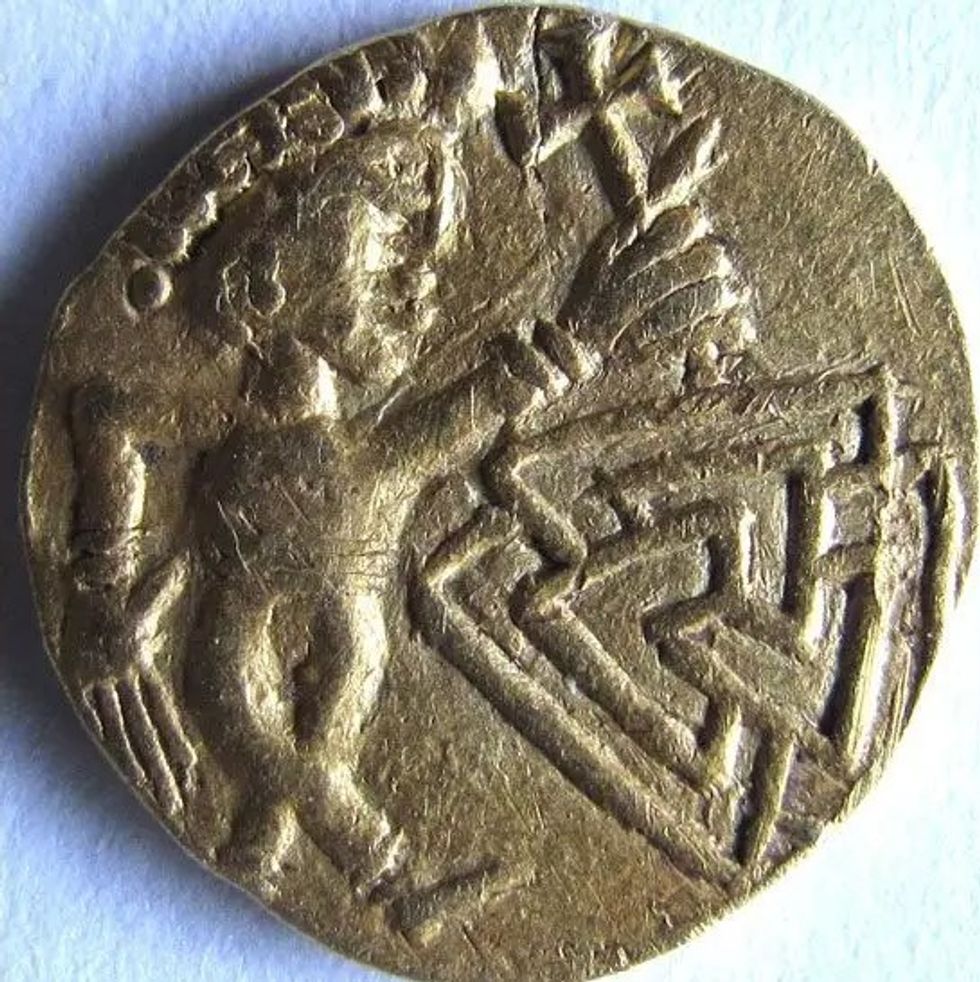
The coin has been discovered in a field near Norwich
|Adrian Marsden
The coin features remarkable iconography that appears to bridge the transition from pagan to Christian beliefs in seventh-century East Anglia.
The design depicts a figure appearing to dance while holding a Christian cross above a Valknut symbol, which has connections to the Norse god Odin.
Dr Marsden said: "It's got this fascinating iconography of a little figure with a long cross - explicitly Christian - over the valknut design, which has pagan roots."
The valknut symbol is traditionally associated with Odin, who in Norse mythology was responsible for guiding the dead to the afterlife.
LATEST DEVELOPMENTS
The coin was minted during a period when pagan beliefs were giving way to Christianity and its imagery reflects this religious transformation.
Its reverse features a design that might represent either a cross or a swastika, then a good luck symbol, encircled by what appears to be an attempted Latin inscription.
"It's plain from looking at the letters that whoever made the die wasn't literate, the letters don't bear much resemblance to Latin - they're garbage really," Dr Marsden noted.
Analysis revealed the coin contains exceptionally high gold content of up to 60 per cent.
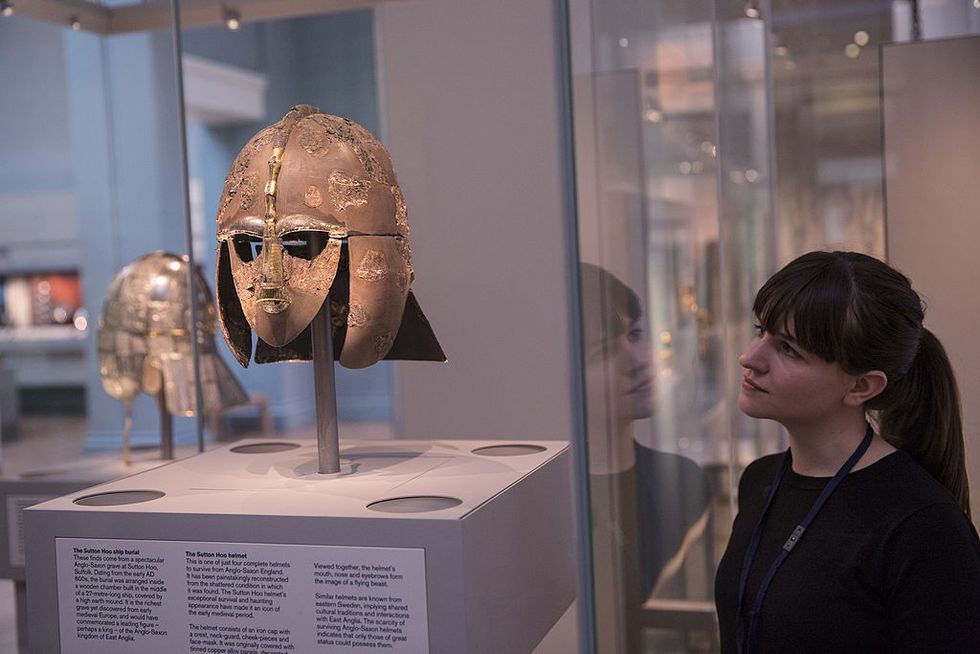
The coin dates from the same period as the renowned Sutton Hoo ship burial
|GETTY
The artefact dates from the same period as the renowned Sutton Hoo ship burial, which similarly contained both Christian and pagan grave goods.
Norwich Castle Museum is hoping to acquire the coin, which has become the second artefact in Norfolk to benefit from revised treasure legislation based on "national significance".
The Government amended the legal definition within the 1996 Treasure Act two years ago, aiming to increase public display of important artefacts.
Under the current system, a coroner determines whether a discovery qualifies as treasure, with museums typically receiving first refusal on storage rights.


